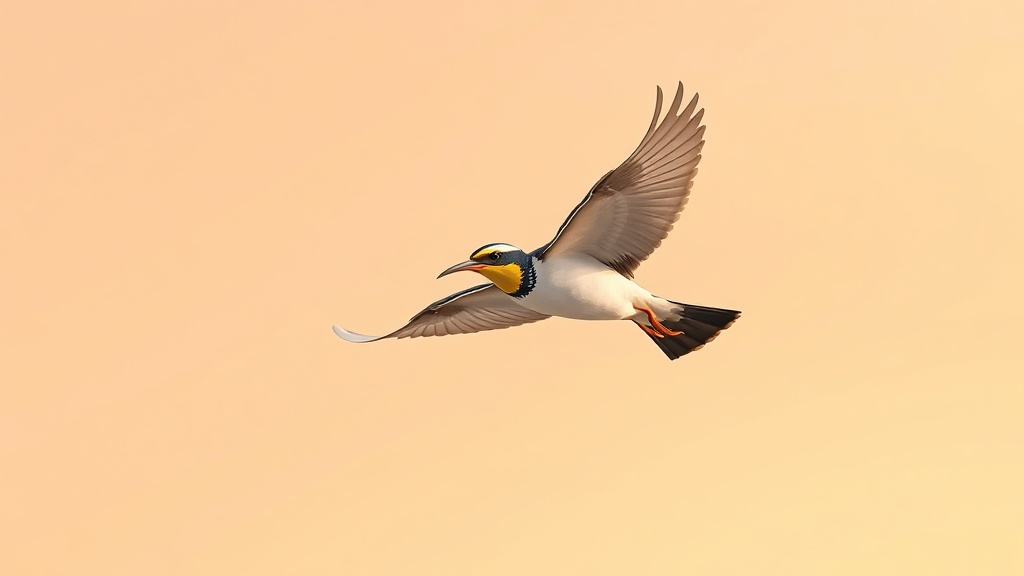Home / Environment / Coastal Marsh Transforms into Saltwater Oasis as Seawall Crumbles
Coastal Marsh Transforms into Saltwater Oasis as Seawall Crumbles
16 Oct
Summary
- Southmoor nature reserve flooded in 2020 as sea defenses failed
- Marsh is now surrendering to saltwater and seaweed, becoming wilder
- Skylark adapts to find refuge on higher ground, singing year-round

In Langstone, Hampshire, the Southmoor nature reserve has undergone a dramatic transformation over the past five years. Historically a mosaic of marsh and grazing land, the area was crisscrossed by narrow watercourses and used for watercress cultivation in the 19th century. However, in September 2020, the crumbling sea defenses finally succumbed to a series of storms, flooding the reserve.
At high tide, the sea now slips across the breached seawall, reclaiming the land. The once-marshy area is surrendering to saltwater and seaweed, becoming something wilder. While some species have been lost, others have adapted to the changing habitat. A flock of brent geese, newly arrived from the tundra of northern Siberia, graze alongside teal and wigeon in the shelter of the harbor. Waders like dunlin, oystercatchers, and redshanks scurry along the waterline, their bills stitching the intertidal mud in search of sustenance.
Amidst the transformation, one resilient species has found refuge on the small islets of higher ground - the skylark. This ground-nesting bird has continued to sing its liquid melody, even during the post-moult second song peak in October. Although skylark numbers have fallen precipitously since the mid-1970s, the Hampshire population has shown encouraging signs of recovery, testament to their adaptability in the face of a changing landscape.




